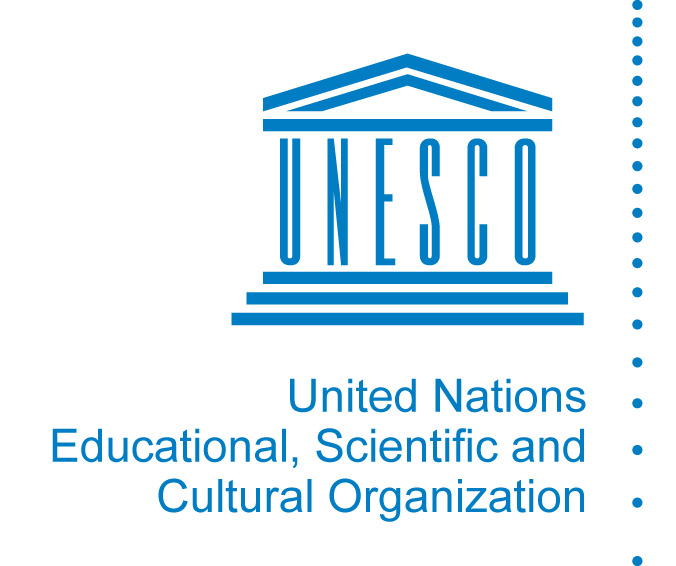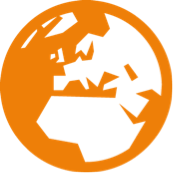What is child protection?
All children have a right to human dignity and to their physical and psychological integrity. Like any other right, the right to protection from all forms of violence is an inherent one. This means that – regardless of the nationality, place of residence, sex, age, national or ethnic origin, colour, religion, language or any other status – each and every child has the right to live a life free from harm. The Convention on the Rights of the Child has the most specific provisions on the protection of children against violence (see Annex I for key policy commitments and international agreements[V1] ). Article 19 goes as far as to require states to take appropriate legislative, administrative, social and educational measures to protect children from all forms of violence. Community based structures and mechanisms are also critical to child protection (Plan International, 2015a). Child protection actors and partners work towards establishing and implementing a range of measures so that children can grow and develop in safe, nurturing and enabling environments.
What are child protection systems?
A child protection system can be defined as: ‘Certain formal and informal structures, functions and capacities that have been assembled to prevent and respond to violence, abuse, neglect and exploitation of children. A child protection system is generally agreed to be comprised of the following components: human resources, finance, laws and policies, governance, monitoring and data collection as well as protection and response services and care management. It also includes different actors – children, families, communities, those working at subnational or national level and those working internationally. Most important are the relationships and interactions between and among these components and these actors within the system. It is the outcomes of these interactions that comprise the system’ (UNICEF/UNHCR/Save the Children/World Vision, 2013, p. 3).
Why is child protection important for SRGBV?
Effective solutions to SRGBV require policies, procedures and structures to protect children from violence at all levels, and in all settings where it takes place – families, schools and communities. Working within a multidisciplinary and multisectoral approach is essential – with governments, multilateral and bilateral agencies, donors, communities, families and, most importantly, children themselves. This holistic approach enables systems to better manage risks – such as the risks and vulnerabilities of teachers – and to manage the complex power dynamics and institutional weaknesses that open individuals up to exploitation and abuse. Furthermore, it is important that child protection is considered in a wide range of policy and legal frameworks, programmes and services to ensure that responses to SRGBV are well integrated and properly addressed.
[V1]See note on Annex I – could this be replaced by original Box 3 in Section 1??
|
|
Practical action: How to ensure child protection systems include SRGBV |
|
|
The importance of comprehensive and integrated action is generally agreed upon, with the need for national action plans and coordination between different sectors – including education – complemented by child protection mechanisms at the sub-national, school and community levels (UNGEI/UNESCO, 2013). Effective child protection solutions to SRGBV require systems and strategies that work at a variety of levels. As shown in the country examples below, the education sector has an important role to play as part of national, coordinated systems and strategies for child protection. |
|
|
Country examples of linkages between education and child protection systems |
|
Implementing child protection laws, policies and systems that also protect children in schools |
Rwanda: A key priority of the Government of Rwanda’s new Family Promotion Policy (2014) is the development and roll-out of a national child protection system in Rwanda (supported by UNICEF and funded by the UK’s Department for International Development – DFID). The Child Protection System uses a multisectoral approach in preventing and responding to violence, neglect, exploitation and abandonment of children. At the national level, some key areas where child protection authorities and the Ministry of Education are working together to make stronger linkages include:
|
|
Collaboration and coordination amongst child protection actors, including ministries of education |
Tanzania: The Multi-Sector Task Force on Violence against Children, coordinated by the Ministry of Community Development, Gender and Children, led the development and implementation of a National Plan of Action to Prevent and Respond to Violence Against Children. The plan involves the education, police, justice system, health and social welfare services, HIV/AIDS sector and civil society. Tanzania is the first country in Africa to undertake a comprehensive national survey on violence against children. A child protection system was developed and piloted in four districts. In each district, the education, health, social welfare, police and justice sectors and informal community structures work together to ensure cases of child abuse are dealt with swiftly and appropriately. UNICEF is currently supporting the scaling up of the initiative at the national level (UNICEF, 2014c).
|
|
Promoting and providing child protection services to children |
Sierra Leone: Family Support Units (FSUs) link police, social workers and health personnel with schools. The FSUs provide a mechanism to monitor and report child abuse, sexual and domestic violence, and child offences, although there is a need to strengthen capacity (Fancy and McAslan Fraser, 2014a). Bhutan: UNICEF has set up a child protection system in collaboration with the monasteries of Bhutan. Over 4,000 of Bhutan’s poorest children live and study in monasteries, some as young as five (although the official starting age is seven). They are usually sent by parents who cannot afford the cost of uniforms/textbooks of government schools. The new child protection system links the monastic orders with the police and state child welfare services. It provides children with a way of reporting violence, neglect, mistreatment or abuse. Child rights workshops are held for pupils, teachers and senior monks, and a child protection officer is housed permanently in the monasteries (Kelly, 2013). |
|
Evidence-building and knowledge management |
Violence Against Children Surveys (VACS) measure physical, emotional, and sexual violence against children and young adults aged 13–24 years. To date, the surveys have been completed in nine countries (Cambodia, Haiti, Indonesia, Kenya, Malawi, Nigeria, Swaziland, Tanzania and Zimbabwe) and are underway in six more (Botswana, Laos, Mozambique, Rwanda, Uganda and Zambia). Findings from VACS enable countries to better allocate limited resources to develop, launch and evaluate child protection systems and programmes for violence prevention, and inform coordinated multisectoral responses at national levels. |
|
|
|


